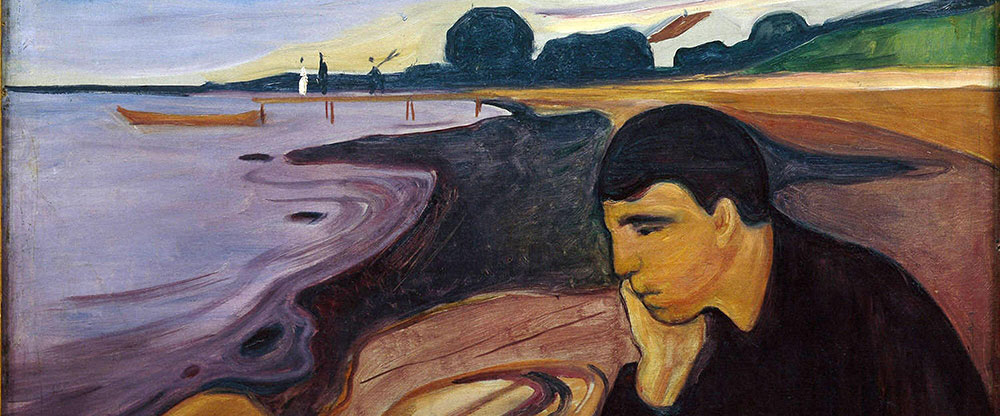

Clare Hickman
"Air, weather and multispecies encounters: An exploration of patients' environmental experiences of British modern medical institutions"
 Clare Hickman is Reader in Environmental and Medical History at Newcastle University (UK), where her work focuses on post 1750 Britain. She leads several networks (including the recently completed Wellcome funded network 'MedEnv: Intersections in Medical and Environmental Humanities') and is Co-lead for a number of projects (including a large Arts and Humanities Research funded project exploring the use and experience of rights of way in England and Wales in the twentieth century). She is also the author of several books on landscape and medical history.
Clare Hickman is Reader in Environmental and Medical History at Newcastle University (UK), where her work focuses on post 1750 Britain. She leads several networks (including the recently completed Wellcome funded network 'MedEnv: Intersections in Medical and Environmental Humanities') and is Co-lead for a number of projects (including a large Arts and Humanities Research funded project exploring the use and experience of rights of way in England and Wales in the twentieth century). She is also the author of several books on landscape and medical history.
Abstract:
The concept of the environment as a therapeutic space has long been embedded in the placement and design of hospitals and other medical institutions. However, the use of 'open-air' as a therapeutic agent in sanatoria, hospitals, and schools in the late nineteenth and early twentieth centuries had a particularly profound impact on the patient experience as it shaped the architectural features of buildings and exposed residents continually to the environment in multifarious ways regardless of climatic conditions.
This paper will consider the relationship of the environment, and particularly air, in relation to medical institutions since 1800 before taking a sensory approach to the consideration of the British experience of institutions designed for 'open-air' therapy using two main sources; firstly the biographical book Pause which contains stories and sketches created by the celebrated Canadian artist Emily Carr, based on her time spent in the East Anglia Sanatorium in 1903. First published in 1953, Pause was created after Carr's death by her executor, Ira Dilworth, who put her stories written in the 1930s together with a sketch book of drawings probably made during the time of her stay. The second is a collection of childhood memories from time spent in the Craig-y-nos sanatorium in Wales, collected by Ann Shaw and Carole Reeves in the 2000s. These accounts, albeit recollections made many years later, allow us an insight into the patient experience of these institutions and, in particular, to consider the complex relationship between the environment and the patient body mediated through medical concepts of the therapeutic value of 'air'.